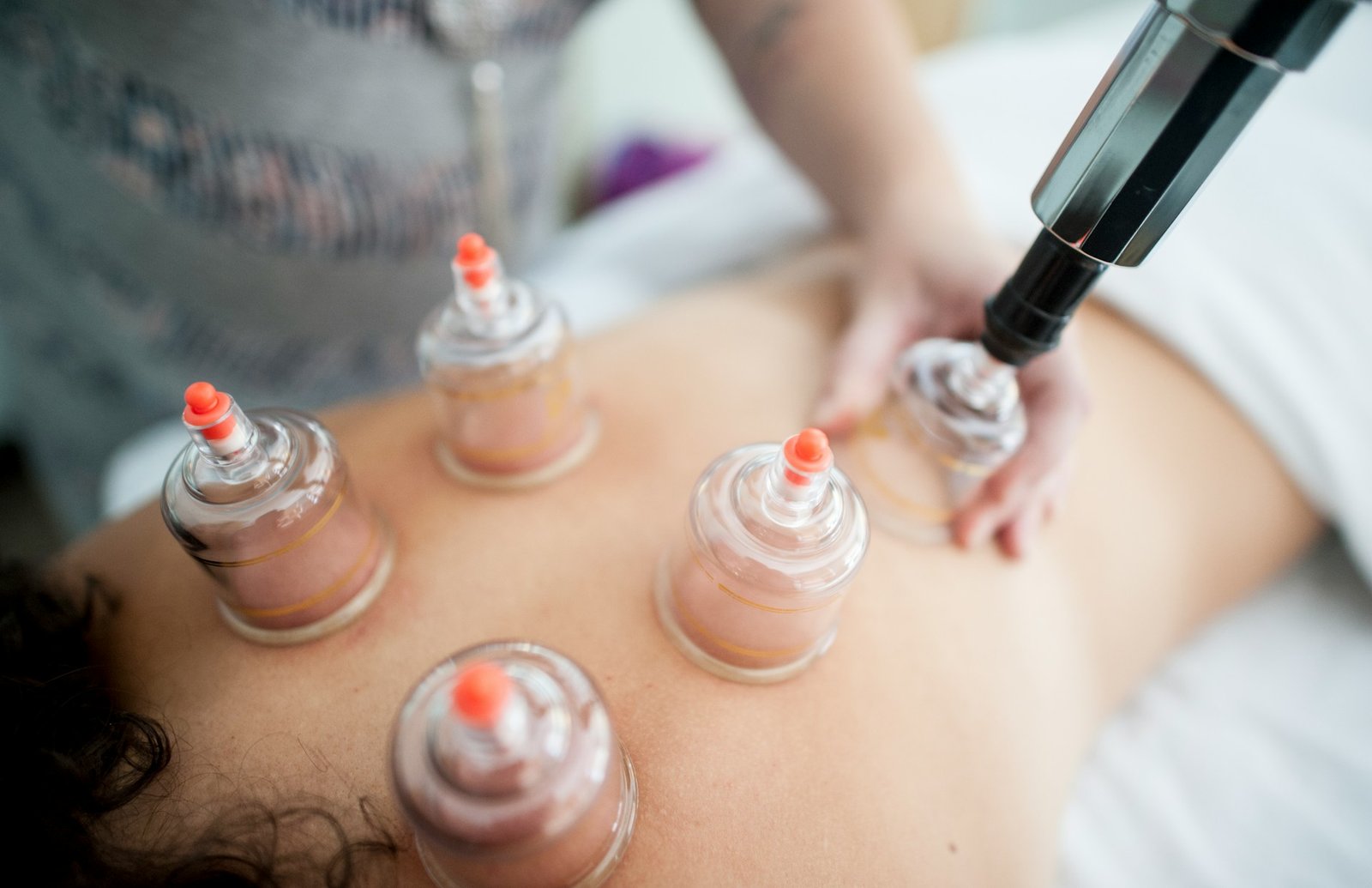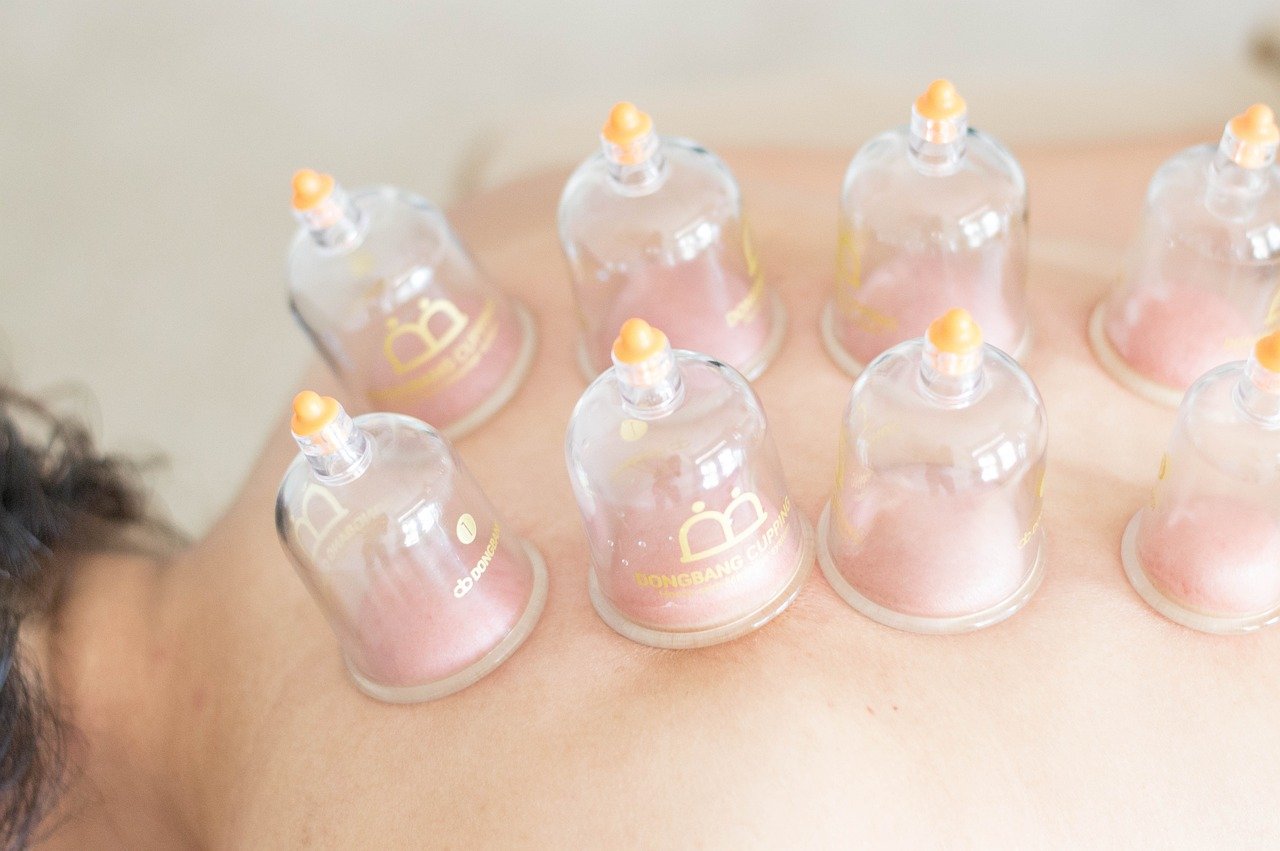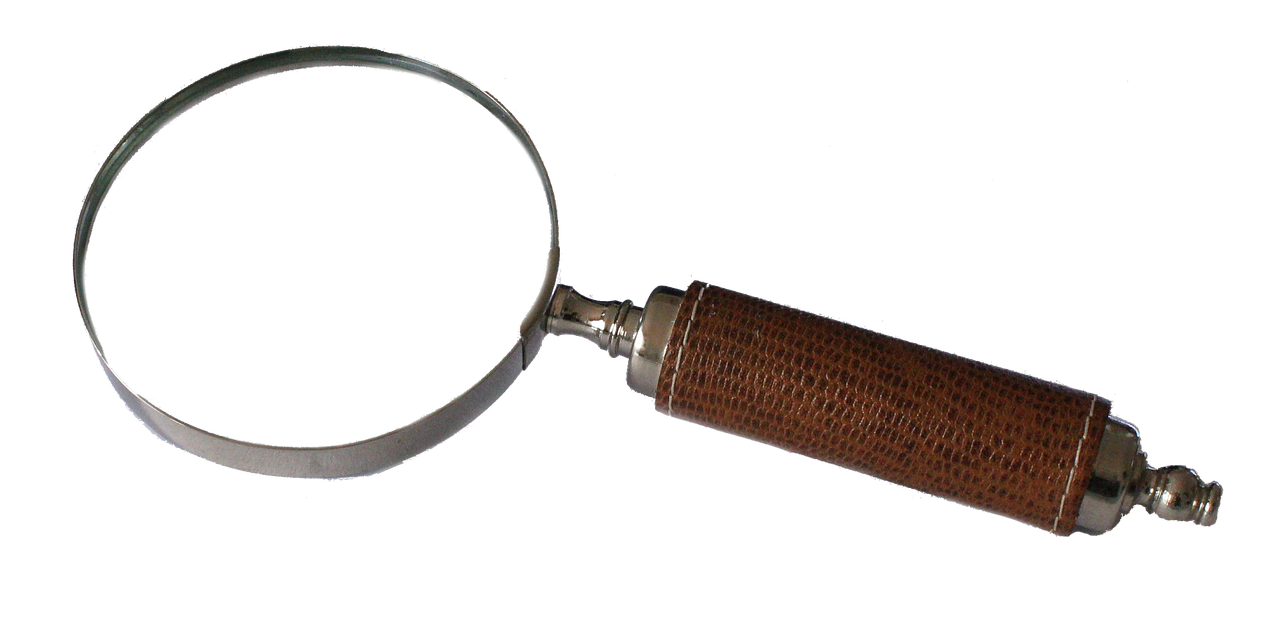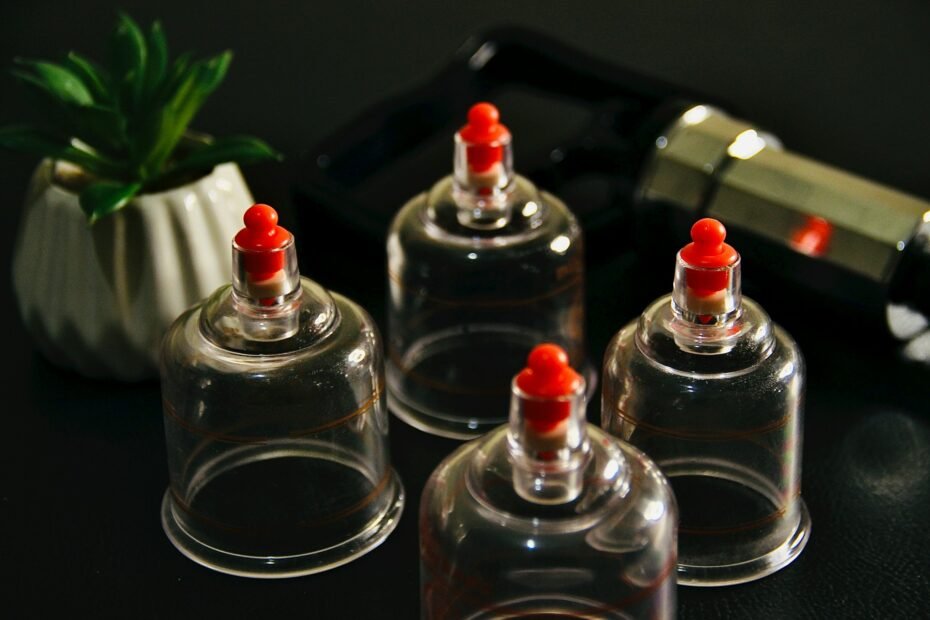Imagine stepping out of bed in the morning, greeted not by the soft, warm embrace of your slippers but by a sharp, stabbing pain radiating from your heel through your foot. This discomfort, known to many as the hallmark of plantar fasciitis, can turn simple pleasures like a morning walk into daunting tasks. Amidst the myriad of treatments available, one ancient therapy has been making a comeback in the realm of alternative medicine: cupping for plantar fasciitis. But does this traditional method hold the key to unlocking the door to relief for those tormented by the persistent ache of plantar fasciitis?
Understanding Plantar Fasciitis
Before we delve into cupping therapy, let’s first understand the basics of plantar fasciitis. This condition is commonly caused by excessive foot pronation, a rolling of the foot towards the arch, which puts strain on the plantar fascia. Overuse, high arches, and inadequate footwear are also contributing factors. Physical activities that place repetitive stress on the foot, such as running and dancing, can increase the risk of developing plantar fasciitis. Additionally, tight calf muscles and Achilles tendons can contribute to the development of the condition. Obesity and prolonged standing can also put additional stress on the plantar fascia, leading to the development of plantar fasciitis.

What is Cupping Therapy?
Now let’s dive into cupping therapy and how it can potentially help with plantar fasciitis. Cupping therapy is an alternative treatment method that involves placing specialized cups on the skin to create suction. This suction can help increase blood flow and promote healing in the affected area. Cupping therapy has been practiced for thousands of years and is rooted in traditional Chinese medicine, but it is now used in various cultures around the world.
The Origin of Cupping Therapy
Cupping therapy has its roots in traditional Chinese medicine, with a history spanning thousands of years. It is believed to have originated during the Qin Dynasty and was later developed and refined by other ancient civilizations, including the Egyptians and Middle Eastern cultures.
Traditional cupping therapy involved the use of animal horns and bamboo cups, but the practice has evolved over the years, and modern cupping therapy now uses glass or silicone cups. There are two main types of cupping therapy: dry cupping and wet cupping. Dry cupping involves creating a suction effect using the cups, while wet cupping involves making small incisions on the skin to release blood.
Cupping therapy is based on the principle that it helps balance the flow of qi, the life force energy, and promotes the healing process. Today, cupping therapy is used in various forms and is often combined with other treatment modalities for holistic healing.
How Cupping Therapy Works
Cupping therapy involves creating a vacuum on the skin, drawing up underlying tissues. This action promotes blood and lymph flow, aiding in tissue healing. The negative pressure helps alleviate muscle tension and pain by stimulating blood flow, contributing to reduced inflammation and relaxation. Often used alongside acupuncture and traditional Chinese medicine, cupping therapy offers holistic healing. It’s an effective treatment method that targets trigger points and stimulates blood vessels, offering relief for various conditions such as carpal tunnel syndrome and shoulder pain.

Cupping Therapy for Plantar Fasciitis
Cupping therapy involves creating a vacuum on the skin to stimulate blood flow, thus reducing pain and inflammation. This treatment method may target trigger points associated with plantar fasciitis by improving blood circulation to the affected area and promoting the body’s natural healing process. Some studies suggest the effectiveness of dry cupping in treating various musculoskeletal conditions, which could potentially benefit individuals with plantar fasciitis. Cupping therapy has been used as a complementary treatment for carpal tunnel syndrome, shoulder pain, and neck pain, among others, demonstrating its versatility in addressing various musculoskeletal issues.
The Process of Cupping for Plantar Fasciitis
The application of cupping therapy for plantar fasciitis involves strategically positioning cups on the underside of the foot and affected areas to create a suction effect. This technique aids in the release of tight fascia, promoting increased blood flow to the plantar surface, thus potentially relieving symptoms. Trained professionals usually administer different cupping techniques like dry cupping, ensuring a generally painless treatment process. The effectiveness of this treatment method has been backed by its use and positive results in various related clinical settings.
Benefits of Cupping for Plantar Fasciitis
Individuals suffering from plantar fasciitis can benefit from cupping therapy in several ways. This treatment method aids in reducing heel pain and discomfort, while also improving blood circulation and supporting the healing process of the plantar fascia. Moreover, cupping therapy may contribute to the relaxation of tight muscles in the foot and lower leg. Its non-invasive nature makes it a natural option for managing plantar fasciitis symptoms, offering relief and improved mobility for those dealing with this condition.

Investigating the Efficacy of Cupping for Plantar Fasciitis
Recent studies have begun to shed light on the potential benefits of cupping therapy for individuals battling plantar fasciitis. For instance, a systematic review and meta-analysis published in the “Journal of Physical Therapy Science” analyzed the impact of various treatments, including cupping, on plantar fasciitis symptoms. The findings suggested that therapies aimed at improving blood circulation and reducing inflammation, such as cupping, could offer significant pain relief and functional improvements for sufferers.
Another study focused on the comparison between dry cupping and traditional physiotherapy methods in treating plantar fasciitis. The results, featured in the “Alternative Therapies in Health and Medicine” journal, indicated that participants who underwent cupping therapy reported notable reductions in pain and improvements in mobility compared to those who received conventional physiotherapy treatments alone.
However, it’s important to note that while these findings are promising, the body of research on cupping therapy for plantar fasciitis remains relatively small. Many experts advocate for further studies to conclusively determine the efficacy and safety of cupping as a standalone treatment for this condition.
Possible Side Effects of Cupping for Plantar Fasciitis
While cupping therapy is generally safe, some people may experience side effects such as mild discomfort, bruising, or skin irritation at the cupping site. These effects are usually temporary and resolve on their own. In rare cases, blistering or infection can occur, especially if proper sterilization techniques are not followed. It’s important to seek treatment from a qualified practitioner to minimize these risks. Additionally, individuals with certain medical conditions or those taking blood-thinning medications should consult a healthcare provider before undergoing cupping therapy.
Precautions to Take
When considering cupping therapy for plantar fasciitis, it is crucial to engage a qualified practitioner specialized in this treatment method. Patients should prioritize proper hygiene during cupping sessions to avoid any risk of infection or aggravation of symptoms. Additionally, discussing any concerns with a healthcare provider before the procedure is advisable for a differential diagnosis. Special attention to the plantar surface of the foot should be emphasized during cupping, ensuring the effectiveness of treatment and minimal discomfort. Careful placement and pressure adjustment are necessary for an optimal outcome, considering the inflammatory process and trigger points associated with plantar fasciitis.
When to Seek Medical Attention
Following cupping therapy for plantar fasciitis, seeking medical attention is advisable if adverse effects are experienced. Additionally, any persistent heel pain or unusual symptoms post-treatment require prompt medical evaluation. It is essential for patients with plantar fasciitis to consult a healthcare professional in the case of red circles or skin irritation. Seeking medical attention promptly is necessary for any unexpected reactions following cupping therapy. Furthermore, any significant discomfort or worsening of symptoms after cupping for plantar fasciitis warrants immediate medical assessment.

Case Study?
Finding specific case studies on cupping therapy for plantar fasciitis relief can be challenging, given the niche intersection of a traditional therapy method with a specific medical condition. However, I can outline a hypothetical case study based on the existing knowledge of cupping therapy’s application for plantar fasciitis relief, which reflects how such a study might be structured and what outcomes it could potentially document. This hypothetical scenario is designed to illustrate the type of research that may be conducted and reported in this area.
Hypothetical Case Study: Cupping Therapy for Plantar Fasciitis Relief
Background
A 45-year-old office worker with a 6-month history of plantar fasciitis presented with persistent heel pain, rated 7 out of 10 on the pain scale, which was most severe upon taking the first steps in the morning or after periods of inactivity. The patient had tried various treatments, including over-the-counter pain relievers, orthotic inserts, and physical therapy, with limited improvement. The patient expressed interest in exploring alternative therapies and was enrolled in a case study to evaluate the efficacy of cupping therapy for plantar fasciitis relief.
Method
The treatment protocol consisted of dry cupping therapy sessions targeted at the affected heel area. Each session lasted for 15 minutes, during which cups were placed on specific points around the heel and arch of the foot to create suction. The therapy was administered twice a week for four weeks.
Outcome Measures
The primary outcome measure was the reduction in pain intensity, assessed using a Visual Analog Scale (VAS) before the initiation of treatment, weekly during treatment, and at a one-month follow-up after the completion of the therapy sessions. Secondary outcomes included improvements in function, assessed by the patient’s ability to perform daily activities without pain, and any reported adverse effects of the treatment.
Results
- Pain Reduction: The patient reported a gradual decrease in pain intensity over the treatment period. The VAS score decreased from 7 to 3 by the end of the four-week treatment period.
- Functional Improvement: There was a noticeable improvement in the patient’s ability to perform daily activities, with the patient reporting a reduction in morning stiffness and pain after periods of inactivity.
- Adverse Effects: No adverse effects were reported by the patient throughout the treatment period.
Discussion
This case study suggests that cupping therapy may be a beneficial adjunct treatment for relieving pain and improving function in patients with plantar fasciitis. The significant reduction in pain and improvement in daily activities could indicate that cupping therapy helps enhance blood flow, reduce inflammation, and alleviate muscle stiffness in the affected area. However, the absence of a control group and the subjective nature of pain measurement highlight the need for further research through randomized controlled trials to validate these findings.
Hypothetical Case Study Conclusion
While this hypothetical case study provides an optimistic view of cupping therapy’s potential benefits for plantar fasciitis sufferers, it underscores the necessity for more rigorous scientific research to establish definitive conclusions regarding its efficacy and safety as a treatment option for plantar fasciitis.
Real-World Application
For those interested in exploring cupping therapy for plantar fasciitis relief, it’s crucial to consult with healthcare professionals who are skilled in this treatment modality. They can offer personalized advice based on an individual’s specific condition and health history, ensuring the safest and most effective approach to incorporating cupping therapy into their treatment regimen.

Other Treatments for Plantar Fasciitis
Conventional treatments for plantar fasciitis typically include physical therapy, orthotics, and steroid injections. Physical therapy aims to reduce pain and inflammation, improve flexibility, and strengthen the foot and leg muscles. Custom orthotics can provide support and cushioning to alleviate pressure on the plantar fascia. Steroid injections are used to reduce inflammation and offer short-term relief.

What does cupping feel like on the plantar fascia?
Cupping on the plantar fascia can feel similar to a deep tissue massage. Some individuals may experience a pulling or stretching sensation in the area. Temporary marks or bruises on the skin may occur, but they usually fade within a few days. It’s essential to consult with a healthcare professional before trying cupping for plantar fasciitis.
Is cupping therapy safe for people with plantar fasciitis?
Cupping therapy is generally considered safe for individuals with plantar fasciitis. However, it is crucial to consult a healthcare professional before trying any new therapies. This treatment may help relieve pain and tension in the affected area, but it’s important to have it done by a trained and licensed practitioner.
What does a typical cupping therapy session look like for someone with plantar fasciitis?
A typical cupping therapy session for plantar fasciitis involves placing cups on the affected area, creating a vacuum that draws blood and promotes healing. The therapist may move the cups around to target specific areas of pain. Sessions typically last 20-30 minutes.

Conclusion
As the quest for the ultimate plantar fasciitis remedy continues, cupping therapy presents itself as a promising candidate worthy of consideration. The anecdotal success stories and emerging research highlight its potential to offer relief to those burdened by the relentless pain of plantar fasciitis. However, it’s crucial for individuals to approach this therapy with an informed perspective, understanding both its potential benefits and limitations.
In the end, the journey to recovery is a personal one, shaped by individual experiences, preferences, and responses to treatment. Whether cupping therapy will be the key that unlocks the door to your relief may depend on a variety of factors, including the severity of your condition and your body’s unique response to treatment.
As we continue to explore and understand the full spectrum of plantar fasciitis treatments, one question remains: Could cupping therapy be the missing piece in your recovery puzzle?
I hope you have found this blog helpful and please feel free to comment and share.
Thanks for reading!
 | Tracy J. Founder, The heel GP |
